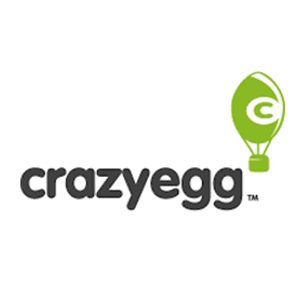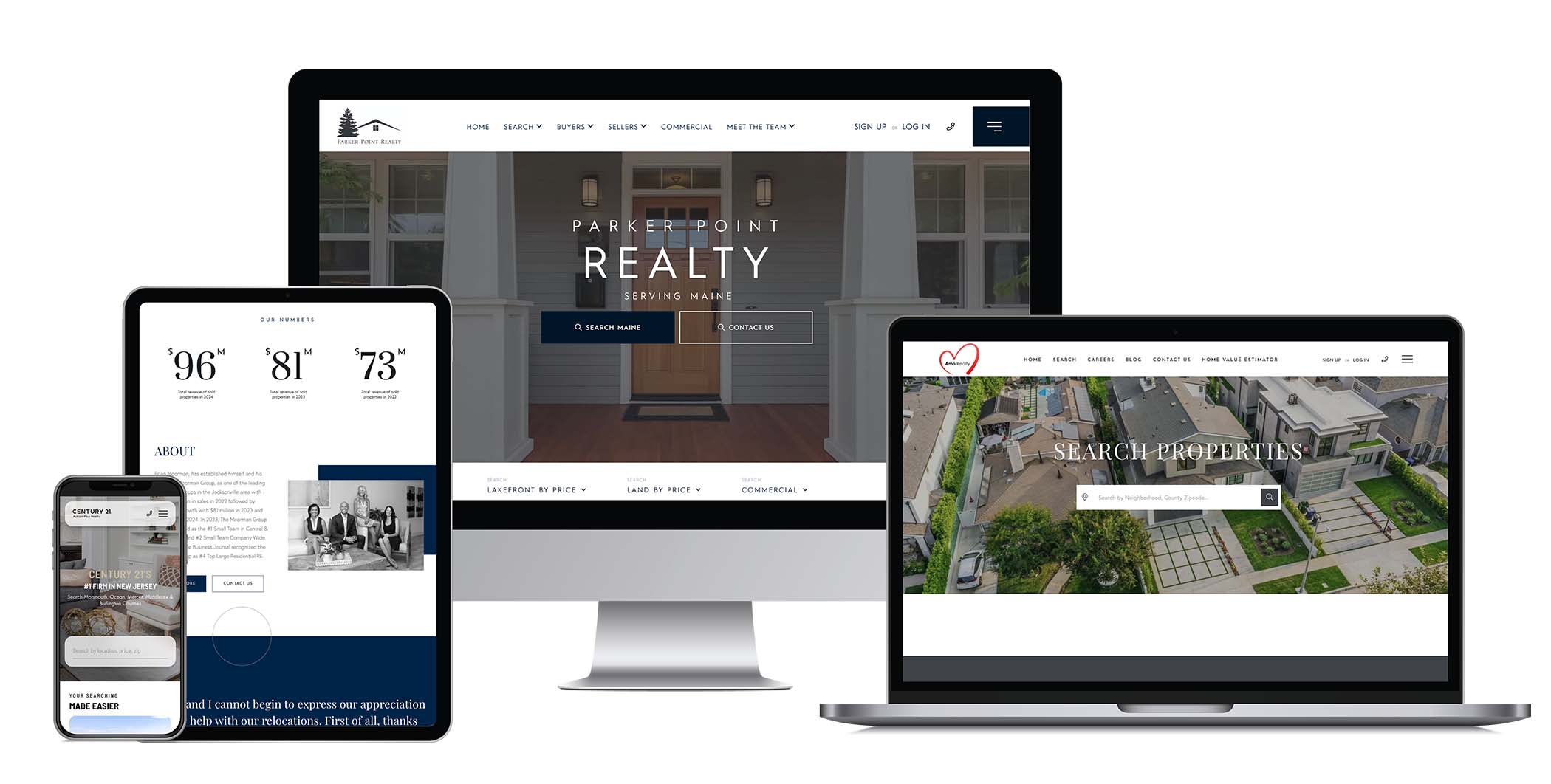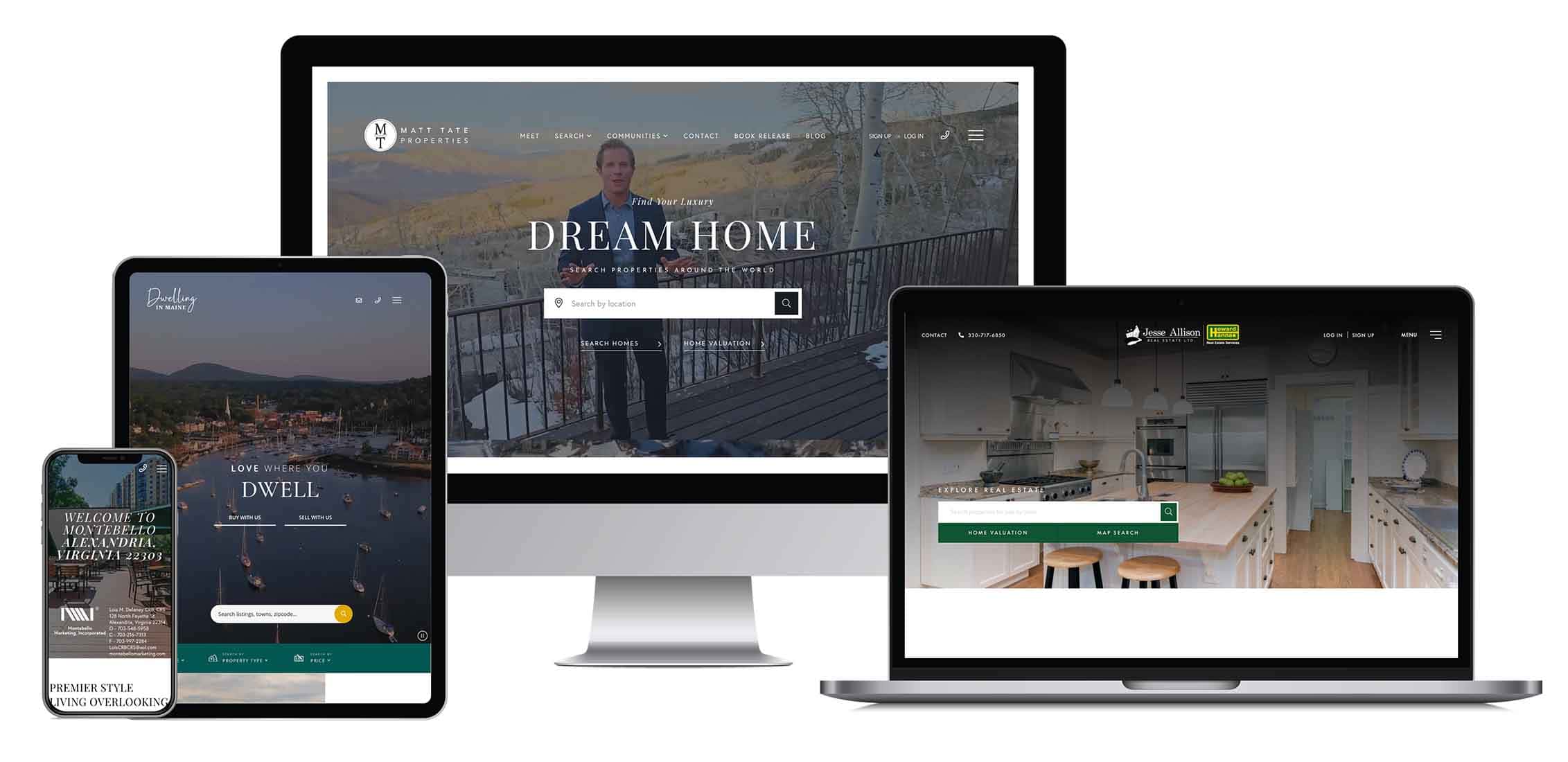We’re crazy for Crazy Egg!
In the fall of 2015, Union Street Media launched a responsive, adaptive real estate platform. This new platform allows us to build websites that ensure an optimal user experience, regardless of device. Whether you are viewing our clients’ content on a desktop computer, a smart phone, or anything in between, the site will mold to fit the screen – it “responds” to your device.
While the initial roll out of our responsive websites was a resounding success, we weren’t satisfied. We asked, “How can we leverage this new technology to keep our clients on the cutting edge for years to come?”
We knew the answer would come from testing, a lot of testing. So, we put on our lab coats and went to work.
Crazy Egg, a website user tracking tool, has proven to be one of our most valuable testing devices over the last few years. Using a combination of heat mapping and click-tracking, Crazy Egg allows its users to view a series of “snapshots” to see where and how visitors are interacting with pages on a website.
For example, Crazy Egg can show which links in your main navigation are receiving the most clicks and which are being overlooked:

It can also show how far users are typically scrolling down a page and which sections of the page are viewed most consistently:

While feedback like this has obvious benefits for web designers, it was just the tip of the iceberg for our team. We have found that the value of Crazy Egg data increases exponentially when combined with data from a digital analytics source like Google Analytics, for example.
Over the last two years, our team has meticulously recorded Crazy Egg findings for multiple page levels on more than 50 Union Street Media websites and we’ve compared those findings against traffic, engagement, and conversion data from Google Analytics. The result is a comprehensive understanding of how users are moving through our sites and which paths are most likely to produce leads for our clients.
Here’s a taste of what we’ve discovered:
Natural Language Search
We already knew that the number one reason users are coming to real estate websites is to search for listings. That’s why we have featured the Natural Language Search (NLS) bar on all of our responsive sites since day one. What we didn’t realize it just how effective this tool is in driving leads. Using a combination of data points from both Crazy Egg and Google Analytics, we have discovered a strong correlation between websites with a high-percentage of NLS clicks and conversion rate. Why? Well, the search bar is typically the most efficient way of connecting users to the listings they are interested in and our detailed listing view pages (see example below) present numerous, effective opportunities for lead generation.

Call-To-Action’s
During our Crazy Egg testing, we have made it a point to focus on the effectiveness of various “call-to-action” (CTA) copy and link combinations. CTA’s can be as simple as a single line of linked text or as prominent as a large image-based button with a stylish hover effect and some copy.
While logic might suggest that a larger and louder CTA would be more productive than a diminutive variation, our testing has shown that size and aesthetic may not matter quite as much you’d think. Based on user data aggregated from Crazy Egg, we have concluded that CTA effectiveness depends on a variety of factors, especially the copy and its proximity to other elements.
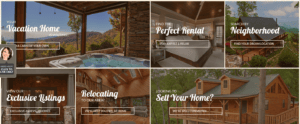
By comparing data from Crazy Egg and Google Analytics, we’ve found that our most effective CTA’s for lead generation are clean and simple; buttons that land users on pages with outreach opportunities, like prominent contact forms and phone numbers. This isn’t to say that the CTA’s above are ineffective, but it does suggest that it is important to prioritize your goals and make your most important links stand apart.
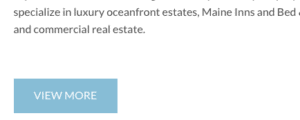

Navigation
Some things change, some things stay the same. Users are still most comfortable using the main navigation to move through a website. So, if you really want to direct traffic to a particular page, it is advisable to include a link to the page in the main navigation.
We’ve found that over 35% of total homepage clicks go to links in the main navigation. That is considerably more than the next most commonly clicked homepage feature, the Natural Language Search bar, which has an average click-percentage of about 10%. On internal pages, the navigation is clicked less often, about 20%, but still remains the one of the most used elements.
Additionally, the most commonly clicked main navigation items are links with terms like “Listings,” “Properties,” and “Rentals;” further confirmation that the majority of users are coming to our websites want to view real estate listings.
We have also found that sites with “Contact” or “Contact Us” as a primary item in the navigation tend to have higher conversion rates. While “Contact” tabs that pop-out forms from the side of the pages can be useful, they are not an adequate replacement for a link to the contact page in the navigation.

